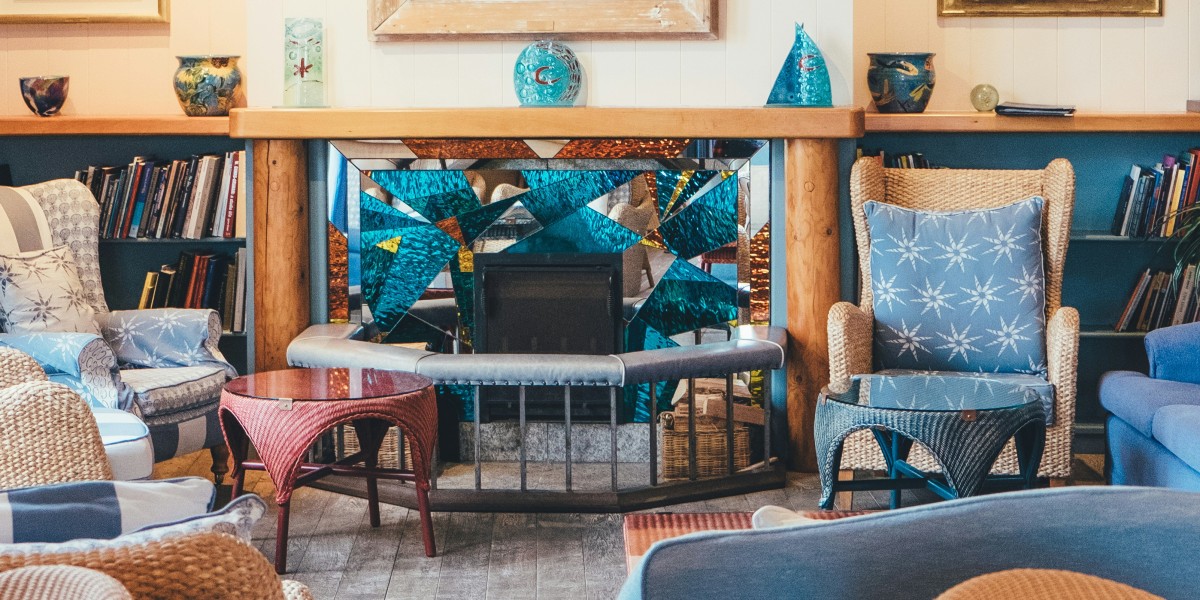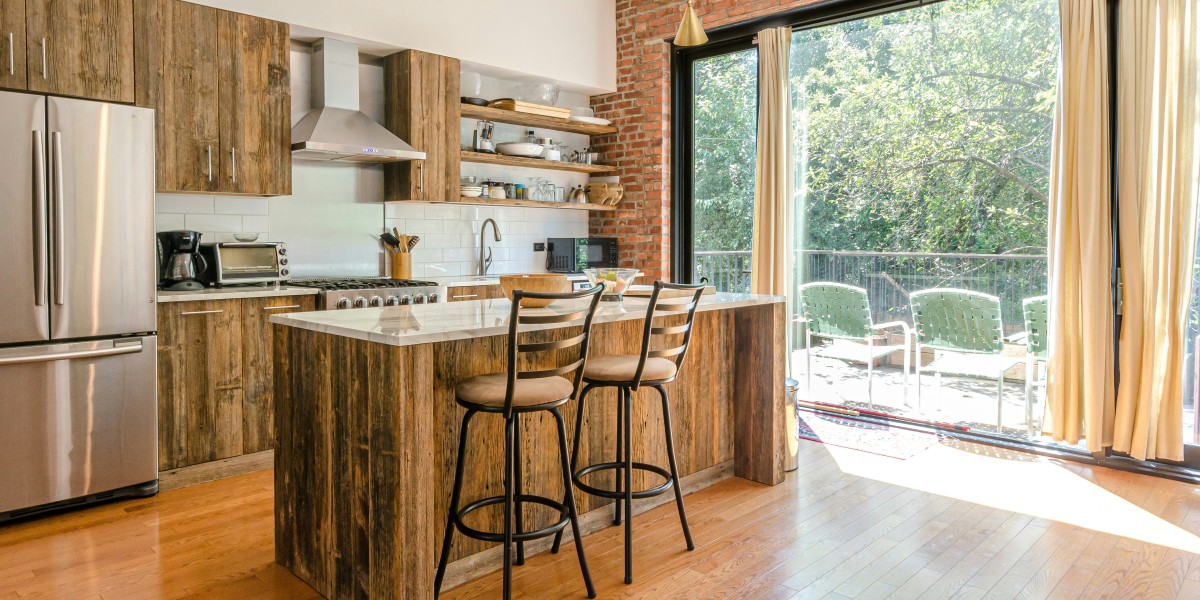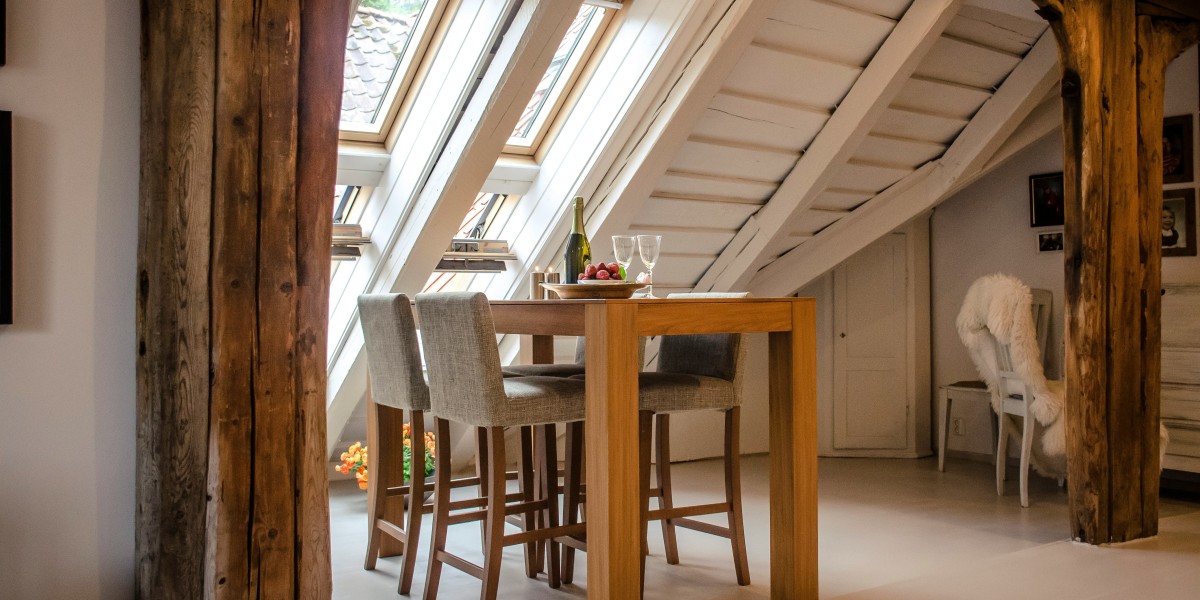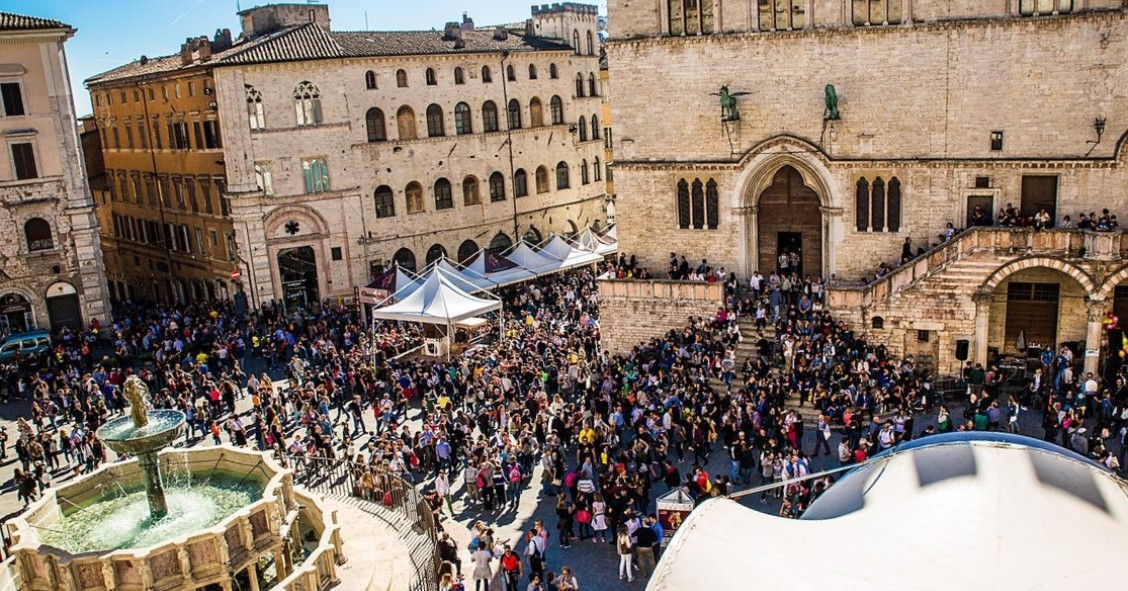
Mediterranean-style decor captures the essence of the European coasts, bringing a warm, welcoming, and relaxed atmosphere into homes. Its roots stem from the cultural traditions of countries such as Italy, Greece, and Spain. What sets it apart is the use of colours inspired by the sea, sky, and earth, as well as natural and handcrafted materials. But what truly makes Mediterranean style unique, and how can you transform your home into a corner of earthly paradise? Let's find out.
What is Mediterranean Style?
Mediterranean style is an expression of outdoor living, evoking rural simplicity and coastal refinement through the use of warm and cool colours that reflect the natural landscape of the Mediterranean. The bright white of the walls contrasts with the deep blue and azure reminiscent of the sea, while terracotta echoes the earthy tones and green represents the olive groves. Materials play a crucial role in this type of decor. Stone is often used for floors or walls, while wood, preferably in natural or slightly aged finishes, is essential for furniture and exposed beams.
Terracotta, whether in the form of tiles or as decorative elements for pots and bowls, adds an authentic touch and references the properties of the earth. Wrought iron is frequently used for details such as lamps, railings, and handles, providing a visually appealing contrast with the softness of natural fabrics like cotton and linen. To incorporate natural elements into the decor, one might also consider adding plants such as olive trees or lavender, which not only purify and scent the environment but also add a touch of greenery and vibrancy to the home's style.

Typical Mediterranean Style Furniture
Furnishing your home in Mediterranean style means choosing furniture that evokes the brightness and warmth of the sea and sun. To create this type of design, it is advisable to opt for simple shapes that create a relaxing atmosphere. Wicker chairs, for example, perfectly reflect this type of choice and, besides being very attractive, can be used both indoors and outdoors.
Solid wood tables, often left in their natural colour or painted in light shades, are not only functional but also ideal for bringing the family together during meals. You can also enrich the space with sofas featuring soft lines, perhaps covered with light fabrics like cotton or linen, which invite relaxation and help create a fresh and welcoming environment.

How to Decorate Walls in Mediterranean Style
The walls of a home are often one of the most expressive elements of the entire environment. Using decorative tiles is an excellent way to add colour and pattern without overwhelming the space. In contemporary Mediterranean style, there are many types to choose from.
- Decorative tiles: They range from terracotta colours to intricate blue and white designs.
- Murals: Transform a room with scenes of seascapes or sunny countryside.
- Sea-inspired artwork: Paintings or photographs that maintain a visual connection with the outdoor environment.
- Mirrors with wrought iron frames: Add depth and reflect natural light, amplifying the sense of space and brightness.
To complete the decor, accessories are essential. Cushions with geometric patterns or marine tones, or natural fibre rugs like sisal or jute, add definition to areas without overloading them. Metal or ceramic lanterns can be placed in various spots around a room to create a magical atmosphere during the evenings.

How to Furnish a Kitchen in Mediterranean Style
To furnish this space, every detail should be designed to evoke the lively atmospheres of the Mediterranean. It is recommended to use wooden furniture painted white, with chairs and tables in a rustic style. For work surfaces, light-toned marble or granite are excellent choices because besides being aesthetically pleasing, they are also very durable. For the floors, hand-painted ceramic tiles are both practical to clean and a distinctive and characteristic option.
Even the kitchen utensils should be carefully considered. It's preferable, for example, to favour copper pots, perhaps positioned on a central island or along the walls, to give the space a traditional and functional appearance, ideal especially for those who enjoy cooking frequently. Also not to be forgotten are herb pots, which besides being useful for seasoning dishes, emit pleasant aromas and add a touch of green to the environment. Lastly, excellent solutions include carafes and plates with special decorations, to be displayed on open shelves or inside cabinets.

Characteristics of a Mediterranean Style Bathroom
In the bathroom, colours are of primary importance; for instance, walls are recommended to feature patterns with marine motifs, while floors can be covered with materials resembling natural stone. Regarding sinks, for those seeking a unique touch, handmade options in shades blending from blue to aqua green are ideal as they best evoke the colours of the sea.
Mirrors could be framed with wood or wrought iron, and for other details such as towels, it's preferable to choose fabrics like cotton or linen in neutral tones that easily harmonise with the rest of the environment. To complete the look, wicker baskets help maintain a tidy yet stylish atmosphere.

Mixing Different Styles
The charm of Mediterranean style lies in its versatility and ability to harmoniously integrate with other decorating styles, but it's important to remember to avoid excessive use of dark tones and synthetic materials in doing so. Boho style, for example, allows incorporating more colourful elements and eclectic patterns while maintaining a neutral base.
If your home leans towards contemporary design, combining typical Mediterranean decor details can help modernise spaces while still maintaining a connection to traditions, enriched by clean and minimalist lines. In any case, it's important to maintain a balance between different styles to avoid overwhelming spaces and to preserve an aesthetic coherence that reflects your personal taste.

Studio Apartment: Small Space, Big Style
Furnishing a small apartment with this style may seem challenging, but with a few adjustments, it's possible to transform even the smallest space into a corner of Mediterranean paradise. To begin with, it's essential to select multi-functional furniture that is proportionate to the room's dimensions.
- Multifunctional furniture: sofa beds, folding tables, and stackable chairs that can be easily moved or stored when not needed.
- Vertical solutions: open shelves, wall-mounted bookcases, and hooks for additional space without cluttering the floor.
- Strategically positioned mirrors: useful for amplifying brightness and creating a sense of greater spaciousness.
It's also important to note that Mediterranean style varies from culture to culture.
- In Greece: predominant use of white and blue, simple and functional furniture, natural fabrics, and artisan ceramics.
- In Spain: preference for vibrant colours and bold patterns, colourful tiles, wrought iron, and heavy fabrics like brocade or damask.
- In Italy: choice of sobriety with elegance, light wood furniture, and refined ceramics.
Understanding these variations allows you to choose elements that reflect your personal taste and integrate them harmoniously even when square metres are limited.







